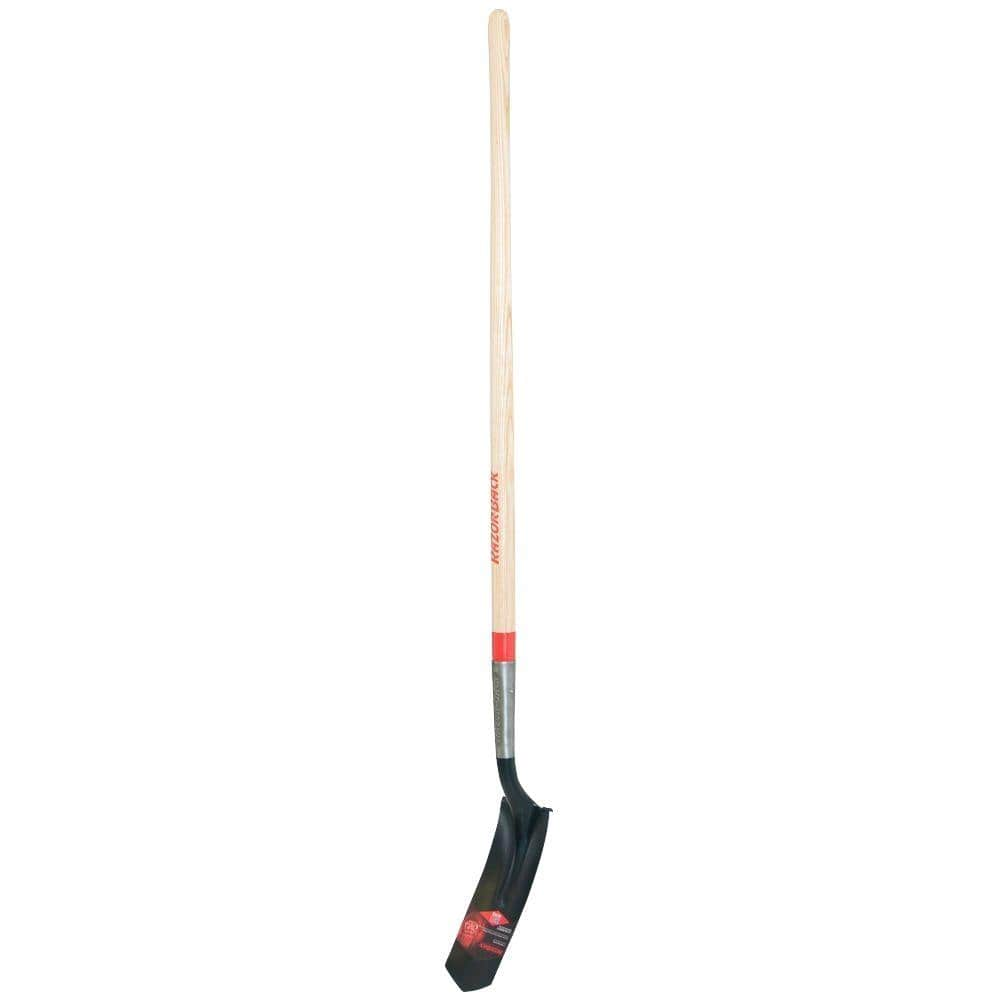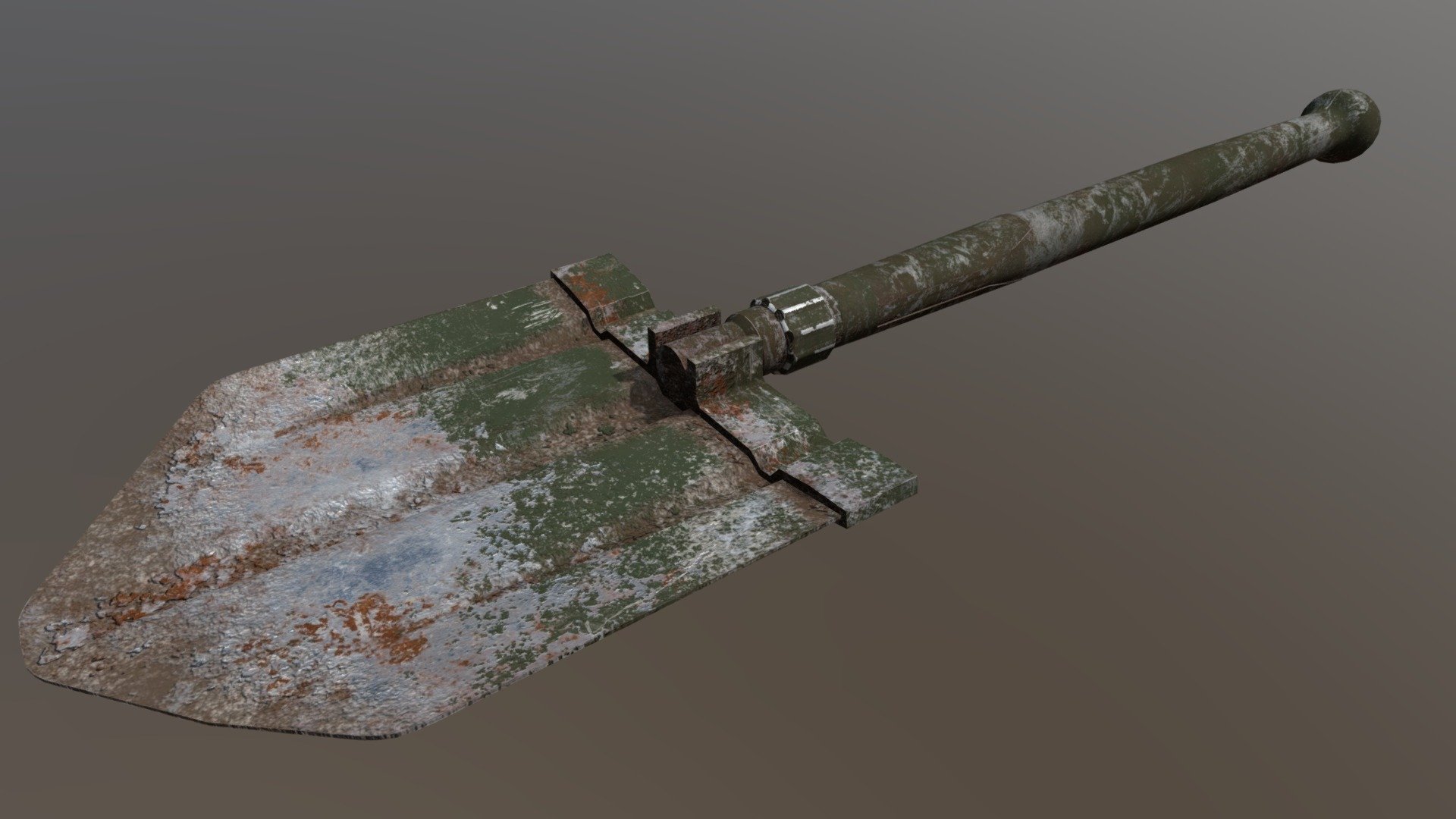Military Trenching Shovel - The introductory part of this article may be too short to summarize the main points. Please review the expanded guide to provide an overview of all key points of the article. (September 2020)
E-tool, or drill tool is a drill tool used by the military in various military operations. Survivors, campers, tourists and other outdoor groups found it necessary to use the farm. Modern drilling rigs are usually collapsible and made of steel, aluminum or other lightweight metals.
Military Trenching Shovel

Sorting equipment dates back to at least the time of the Roman legions, which used a type of mattock known as a dolabra. Julius Caesar, like other ancient writers, recorded the use of shovels and other digging tools as tools of war. The Roman legions, during the march, dug trenches and fortified walls around their camps every night where the established camps were not found.
Ww2 Us M1945 Folding Spade Shovel
Historical siege tactics involved digging up fortifications and often trying to dig up walls, where they dug timbers up to the foundations of the walls, trying to collapse the walls.
In more modern times, Napoleon's siege tactics used spades and pickaxes as tools to dig trenches to the walls of besieged fortresses to provide ammunition for firing cannons at the walls. To pass. Being too tall and heavy to be carried by individual soldiers, shovels and shovels were often carried in the wagons (equipment train) of the military column; only the pioneers or Guineans usually carry shovels or shovels as part of their equipment. This often led to situations where pedestrians did not have access to the drilling equipment that was needed.
As one U.S. Army general once said, "recruited equipment rarely enters the battlefield until the end of its useful life."
In the 1870s, the US Army introduced the trowel bayonet, intended for personal use by soldiers as a weapon and for digging.
Dewalt 46 In. Wood Handle Trenching Shovel Dxlha2612
This was followed by the development of trowels and spades, small single-handed tools that would be carried in individual soldier's quarters.
While the drill or drill bit gradually became a large, heavy, and useful piece of equipment in the US and other modern armies, the idea was to give every soldier a way to use his trchmts or his chest. The capture continued as a tactical lesson.
The World War I and II Russian MPL-50 (Malaya pekhotnaya lopata - small military spade) is similar to the drilling equipment used by many armies involved in the conflict.

The first modern mining tool was invented in 1869 by Danish explorer Mads Johan Buch Linnemann. In 1870 he was imprisoned and handed over to the Danish army. The following year it was approved by the Austrian army, and Linnemann established a factory in Vina to produce spades. Later it became known in Germany, France, Rumania and Russia, although only Russia recognized Linnemann's paten rights, giving him 30,000 shillings and ordering 60,000.
Yeacool Survival Shovel, Camping Folding Shovels, Military Spade Multi
The Russians called it the MPL-50 (small military spade—50 cm (20 inches) lgth) and still use it today.
This small spade can also be used as an axe, hammer, pot or cooking pan.
During the First World War, Trching equipment became very useful in starting the Trch War. The soldier's personal lifting equipment was soon designed with short straight collars, T-handles, D-handles, and other designs.
The British Trching tool of this time was a two-piece design, with a metal head and wooden handle, the metal head consisted of an adze/spade blade and a picker, which was used alone and the head could be used as a fork and picker. the spike acts as a grip. Between the blade and the handle was a ring that could be inserted at the right angle of the head, and a banana was inserted into the tool that could be used as a pick-mattock. In addition to excavating defensive fortifications, drilling tools were used to excavate latrines and graves.
Cold Steel 92sfx Spetsnaz Trench Shovel, 30\
During World War I, the Trching Spade was also used as a melee weapon. In the thick of the trenches, rifles and fixed bayonets were often too long to be used effectively, and piercing tools were used as auxiliary weapons in close combat.
. in blood and hair, something that makes us happy as children. ”) Beginning in 1915, soldiers on both sides often sharpened the edges of shovels to use as weapons.
"In 1938, the (German) spinning wheel appeared, predating all modern pieces of this type, including the American copy of 1943."

Designs became more popular, usually consisting of a fixed banana with a shovel head, and sometimes a pick was incorporated into the design. Like all hunting gear, it's designed to be easily carried as part of an Army soldier's regular gear.
Us Military Gi Collapsible Black Steel E Tool Trench Shovel With Cover
A 1937 British device added a bayonet device to the handle of the device, allowing the Lee-Field spike bayonet to be mounted on d and changing the prodder device.
Trching tools, if they are very well built, can also be used as a secondary weapon. Some piercing tools can be sharpened on one or both sides for use as cutting tools or weapons; In fact, when used this way, the sharp, thick edges of the tool are strong enough to cut through flesh and bone. During World War II, Trchmt equipment was used in close combat between the German and Soviet forces, especially in the fierce hand-to-hand combat of the Battle of Stalingrad.
The U.S. Army drill tool evolved from the 1907 model T-spade.
On a similar design of plastic and metal tri-coalition adopted by NATO as a standard tool for solving problems. Other revolutions also came out. The design of the latest plastic triangle was thirty percent lighter than the metal triangle: 1.5 pounds (0.68 kg) instead of 2.25 pounds (1.02 kg).
Cold Steel Special Forces Shovel 92sf, 20.5\
The Glock Feldspat (Field Spade) has a sturdy blade that can be locked in 3 positions for digging, plowing and cutting, and a telescopic handle made of fiberglass reinforced nylon with a length of 175 mm (6.9 in). The metal test device weighs 650 g (23 oz) and when fully extended is 630 mm (25 in) long. The shed and frame can be collapsed and folded for easy transport and storage at 260 mm × 150 mm × 60 mm (10 in × 6 in × 2+ 1 ⁄2 in).
Soviet Spetsnaz units were well-trained in the use of the standard Russian saw blade ("Saperka") as a weapon; due to the nature of their mission, such tools were rarely used for drilling or drilling positions.
Millions of dollars worth of mining equipment fell into civilian hands. It is commonly used in camping, guarding and re-creation of forests. Some people collect old travel equipment as well as military equipment.

Razorback trenching shovel, conduit trenching shovel, 4 inch trenching shovel, long handle trenching shovel, 3 trenching shovel, trenching spade shovel, trenching shovel lowes, best trenching shovel, 3 inch trenching shovel, irrigation trenching shovel, 6 inch trenching shovel, structron trenching shovel
0 Comments